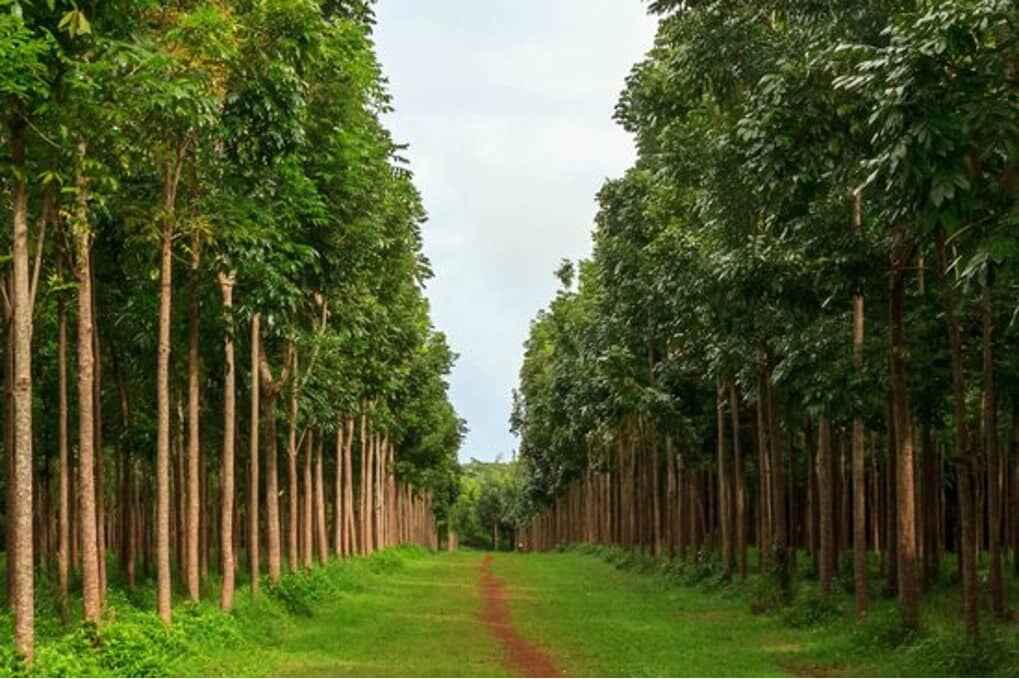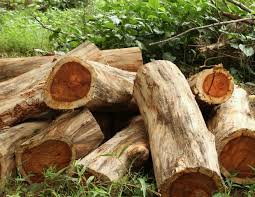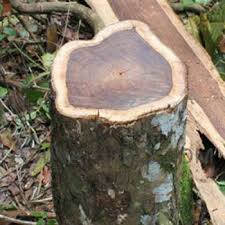Rose wood is an important timber yielding tree of South India. It is the costliest timber in the world trade. It varies in size according to locality and attains its maxi mum growth in the southern region of Western Ghats. It reaches to a maximum height of 40 m and a girth of 6.0m. Uncontrolled felling caused the widespread removal of rose wood from our forests Of these,rosewood is endowed with humus-rich soil. It grows at a slow pace and attains a height of 20 metres and a moderate girth of 200 centimetres over three to four decades. Unlike its counterpart Dalbergia sissoo, it grows straight and branches only at the crown. It is an expensive tree and because of this a special Act called the Tamil Nadu Rosewood Trees (Conservation) Act was passed in 1995 and its validity was extended till 2010.
In india famous varities are
1. Dalbergia sissoo (indian Rose wood)
2. Dalbergia latifolia(African Rosewood)
Rosewood puts forth a luxuriant growth in Topslip, Anaimalais , Mudumalai and Gudalur in the Nilgiris, Kanyakumari, Talaimalai and Athikadavu of the Nilgiris bio-sphere of Tamil Nadu. It can be found in fairly larger numbers.
The position of the tree relative to the surrounding forest was the main factor affecting tree growth and essential oil production: trees located close to the surrounding forest were significantly smaller and accumulated less essential oil due to the reduced availability of light. Seed provenance had less effect on dendrometric traits and essential oil yields. In conclusion, although planting practices will need to be adapted to avoid the edge effects of proximity to the forest, short-rotation cultivation of rosewood trees could be the optimum and most economically attractive system for the production of essential oil.











